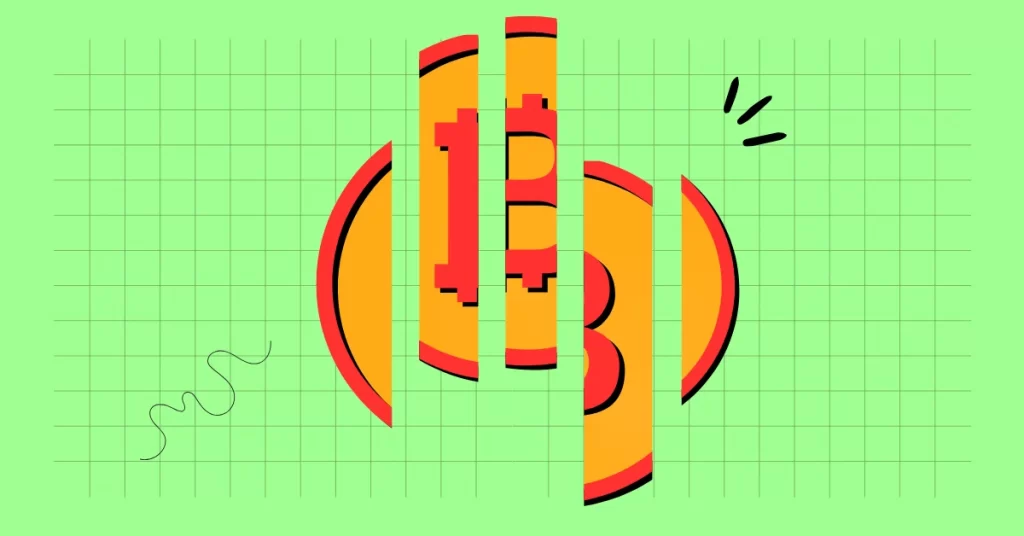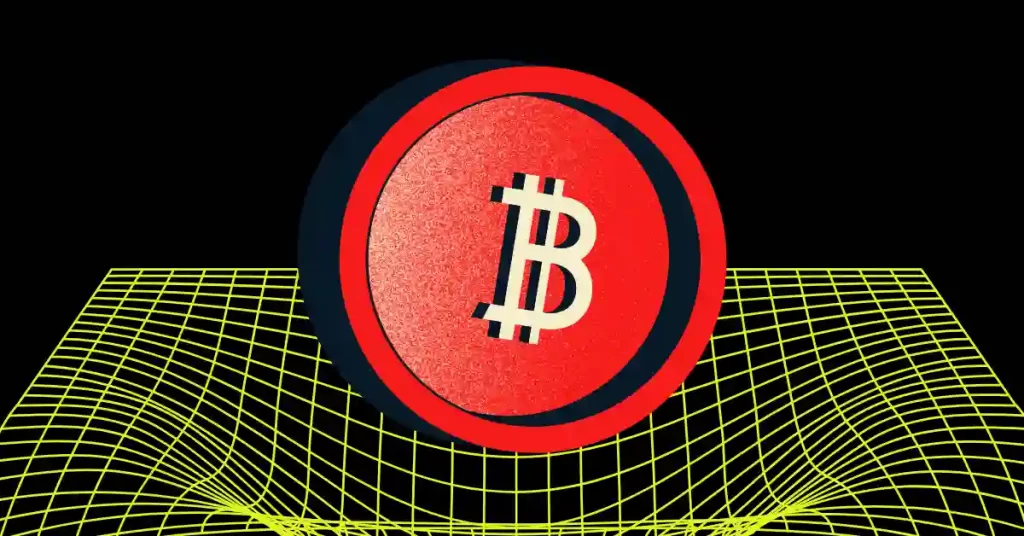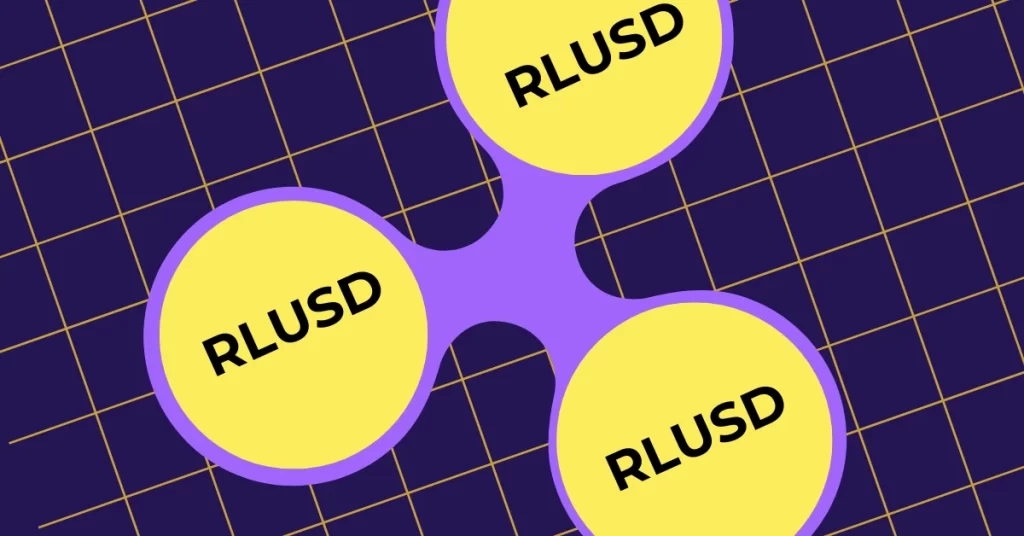
The post Comparing Consensus Mechanisms: Which is Right for Your Blockchain? appeared first on Coinpedia Fintech News
Blockchain has expanded and diversified its scope to another level, with these advancements selecting the right consensus mechanism has become one of the most crucial decisions. Consensus mechanisms are the core of blockchain because they not only determine the security but also have an impact on scalability, transaction speed, the energy that is being consumed, and user trust.
Why Innovate Beyond PoW and PoS?
Traditional consensus mechanisms like Proof of Work (PoW) and Proof of Stake (PoS) have drawbacks: PoW consumes vast amounts of energy, while PoS can sometimes lead to centralization, with a few powerful stakeholders controlling the network. Hence, new consensus models are emerging that offer more tailored solutions. These advanced models are designed for specific needs, like speeding up private networks, handling high transaction volumes, or relying on trusted validators to keep things running smoothly.
Proof-of-Authority
Proof-of-Authority is a reputation-based consensus mechanism where the blocks are validated by validators(approved accounts).
But what makes a validator trustworthy, and how do they keep the network secure?
Validators rely on software that handles the heavy lifting of bundling transactions into blocks, so they don’t need to constantly monitor their screens. However, it’s crucial that they keep their computers—or “authority nodes”—secure and protected to ensure the integrity of the network.
Validators need to reveal their identities to the public which creates accountability and trust within the participants in the network. This transparency fits perfectly with permissioned blockchains, where validators often have their reputation on the line.
In short, Proof of Authority is like giving a group of trusted people the responsibility to verify transactions. Instead of using energy-intensive puzzles, these trusted authorities are known for their good reputation, so everyone believes they will do the right thing. This makes the process faster and more efficient, but it depends on the trust placed in these authorities.
Here is a basic example of the PoA consensus mechanism:
| import hashlib import time class Validator: def __init__(self, name, private_key): self.name = name self.private_key = private_key def sign_block(self, data): return hashlib.sha256((self.private_key + data).encode()).hexdigest() class PoABlockchain: def __init__(self, validators): self.chain = [] self.validators = validators def add_block(self, data, validator): if validator in self.validators: signed_block = { ‘data’: data, ‘validator’: validator.name, ‘signature’: validator.sign_block(data), ‘timestamp’: time.time() } self. chain.append(signed_block) print(f”Block signed by {validator.name}: {signed_block}”) else: print(“Validator not authorized!”) # Initialize validators validator1 = Validator(“Validator1”, “key1”) validator2 = Validator(“Validator2”, “key2”) validators = [validator1, validator2] # Add blocks poa_chain = PoABlockchain(validators) poa_chain.add_block(“Transaction Data 1”, validator1) poa_chain.add_block(“Transaction Data 2”, validator2) |
Proof-Of-History
Proof of History (PoH) is a consensus method that was developed by Solana and aims to boost the scalability and speed of the blockchain. It has a unique way of doing this it doesn’t need nodes to constantly agree on each transaction, PoH creates a verifiable “clock” of hashed events. Think of it as a digital clock, where each tick marks an event’s place in line—easy for anyone to follow and verify. This approach allows the network to skip constant check-ins between nodes, boosting transaction speeds and making the blockchain faster and more efficient overall.
Proof of History is like creating a timeline of events that proves when something happened. Instead of solving complex problems, it just makes sure that every transaction can be checked against a record to prove when it happened. This makes the system faster, as you don’t need to keep checking and re-checking everything.
| import hashlib import time class ProofOfHistory: def __init__(self, initial_seed=”initial”): self.seed = initial_seed self.history = [] class ProofOfHistory: def __init__(self, initial_seed=”initial”): self.seed = initial_seed self.history = [] def generate_proof(self): proof = hashlib.sha256(self.seed.encode()).hexdigest() self.history.append(proof) # Update the seed for the next proof self.seed = proof return proof # Simulate PoH sequence poh = ProofOfHistory() for i in range(5): proof = poh.generate_proof() print(f”PoH Hash {i + 1}: {proof}”) time.sleep(1) # Simulating time passing between proofs |
Delegated Proof of Stake
DPoS is a special case of PoS but unlike Proof-of-Stake here there is a representative democracy to stake and validate the tokens and transactions.
In a DPoS system, token holders do not directly validate transactions. Instead, they use their staked tokens to vote for a small group of representatives or “delegates” who will be responsible for creating blocks and validating transactions. The delegates with the highest votes become block producers.
DPoS systems allow for ongoing voting, meaning token holders can regularly vote or change their chosen delegates based on performance.
Delegated Proof of Stake is like voting for a group of people to handle the work of verifying transactions. You own some tokens, and with those tokens, you can vote for trusted representatives who will take care of validating transactions. This makes the system quicker because only a few trusted people are doing the work.
In this example, token holders (Alice, Bob, and Carol) vote for delegates based on their stakes. The top two delegates are selected and given the right to produce blocks.
| from collections import defaultdict # Sample class for a DPoS blockchain system class DPoSBlockchain: def __init__(self): self.token_holders = defaultdict(int) # Stores token holders and their stakes self.delegates = {} # Stores elected delegates self.votes = defaultdict(int) # Stores votes for delegates def add_token_holder(self, holder, stake): “””Add a token holder and their stake.””” self.token_holders[holder] = stake def vote_for_delegate(self, holder, delegate): “””Token holders vote for their chosen delegate.””” if holder not in self.token_holders: raise ValueError(“Token holder not registered.”) self.votes[delegate] += self.token_holders[holder] # Voting power based on stake def elect_delegates(self, num_delegates): “””Elect the top delegates based on votes.””” sorted_delegates = sorted(self.votes.items(), key=lambda x: x[1], reverse=True) self.delegates = {delegate: votes for delegate, votes in sorted_delegates[:num_delegates]} print(f”Elected Delegates: {self.delegates}”) def produce_block(self): “””Simulate block production by elected delegates.””” for delegate in self.delegates: print(f”Block produced by {delegate} with {self.delegates[delegate]} votes”) # Example usage blockchain = DPoSBlockchain() blockchain.add_token_holder(“Alice”, 100) blockchain.add_token_holder(“Bob”, 150) blockchain.add_token_holder(“Carol”, 200) blockchain.vote_for_delegate(“Alice”, “Delegate1”) blockchain.vote_for_delegate(“Bob”, “Delegate2”) blockchain.vote_for_delegate(“Carol”, “Delegate1”) # Elect top 2 delegates blockchain.elect_delegates(2) blockchain.produce_block() |
Practical Byzantine Fault Tolerance
PBFT (Practical Byzantine Fault Tolerance) is a consensus algorithm that tolerates Byzantine failure and thus can handle a node that fails or behaves maliciously.
Byzantine failure is where components of a distributed system act maliciously due to some bugs or errors and miscommunicate conflicting information throughout the network.
Byzantine Fault Tolerance (BFT) is essential in blockchain and distributed systems because it provides a framework for maintaining system integrity despite potentially unreliable or malicious participants.
Practical Byzantine Fault Tolerance is a fancy way of saying that the system can still work even if some people (or computers) try to mess things up. It makes sure that as long as most participants agree, the system can function properly, even if a few are acting dishonestly or are broken. It’s like a group of people trying to make a decision. Even if a couple of people are lying or not participating, as long as most of the group agrees, the decision is trust
Mechanism:
Before the tolerance begins there is an assumption made by the PBFT where out of n nodes f nodes are considered to be malicious and this f < n/3.
PBFT achieves consensus through a three-phase communication process among nodes: Pre-prepare process→Prepare phase→commit Phase.
| class PBFTNode: def __init__(self, name): self.name = name self.messages = [] def send_message(self, message, nodes): for node in nodes: if node.name != self.name: node.receive_message(message, self.name) def receive_message(self, message, sender): self.messages.append((sender, message)) print(f”{self.name} received message from {sender}: {message}”) # Initialize nodes node_A = PBFTNode(“Node_A”) node_B = PBFTNode(“Node_B”) node_C = PBFTNode(“Node_C”) # Simulate message passing nodes = [node_A, node_B, node_C] node_A.send_message(“Block Proposal”, nodes) node_B.send_message(“Block Proposal”, nodes) node_C.send_message(“Block Proposal”, nodes) |
Hybrid Consensus Models
Hybrid consensus models integrate features of multiple consensus mechanisms, such as PoW + PoS or PoA + PoS, to combine security, scalability, and decentralization.
Hybrid consensus models combine the best features of different systems to make the process more secure, fast, and flexible. For example, a blockchain might use one system for transaction validation and another to ensure security. By combining these approaches, the system can handle more transactions and be harder to break.
There Are a Lot of Possible Combinations of Hybrid Consensus and Here Are Some Major Ones:
- Proof of Work + Proof of Stake (PoW + PoS): Often used to secure the base layer with PoW while using PoS to validate transactions, as in Decred and Kadena. This setup provides both the security of PoW and the efficiency of PoS.
- Proof of Stake + Byzantine Fault Tolerance (PoS + BFT): PoS validators handle staking, while BFT guarantees transaction finality. Cosmos and Algorand use variations of this approach to ensure consensus even with unreliable or malicious nodes.
- Proof of Authority + Practical Byzantine Fault Tolerance (PoA + PBFT): This model combines PoA’s validator-based consensus with PBFT’s tolerance to faults and attacks. Hyperledger Fabric and VeChain utilize this model, allowing for a high-speed, permissioned blockchain setup.
| import hashlib import random class HybridBlockchain: def __init__(self, validators): self.chain = [] self.validators = validators def proof_of_work(self, data, difficulty=”000″): nonce = 0 while True: hash_result = hashlib.sha256((data + str(nonce)).encode()).hexdigest() if hash_result.startswith(difficulty): return nonce, hash_result nonce += 1 def add_block(self, data): nonce, hash_result = self.proof_of_work(data) validator = random.choice(self.validators) block = { ‘data’: data, ‘nonce’: nonce, ‘hash’: hash_result, ‘validator’: validator, ‘status’: ‘Approved’ if validator in self.validators else ‘ Rejected’ } self.chain.append(block) print(f”Block added by validator {validator}: {block}”) # Initialize validators validators = [“Validator1”, “Validator2”, “Validator3”] # Add blocks with hybrid PoW + PoS hybrid_chain = HybridBlockchain(validators) hybrid_chain.add_block(“Transaction Data 1”) hybrid_chain.add_block(“Transaction Data 2”) |
Choose the Best-Suited Consensus Mechanism for Your Application:
| Consensus Mechanism | Key Feature | Use Case | Scalability & Security |
| Proof of Authority (PoA) | Trusted validators with pre-defined identities. | Private/blockchain consortium networks. | High & High |
| Proof of History (PoH) | Time-stamping to prove the order of events. | High throughput, e.g., Solana blockchain. | Very High &Medium |
| Delegated Proof of Stake (DPoS) | Voting for trusted delegates to validate blocks. | Public blockchain with scalability needs. | High & Medium |
| Practical Byzantine Fault Tolerance (PBFT) | Resilience against faulty nodes using quorum. | Permissioned blockchains with reliability. | Medium & Very High |
| Hybrid consensus models | Combines features from multiple consensus types. | Various, depending on specific needs. | Very High & High |
Conclusion
By understanding these innovative consensus mechanisms, developers can enhance their projects’ performance, security, and trust. With practical coding examples, this guide enables you to experiment with PoA, PoH, DPoS, PBFT, and hybrid models to find the right fit for your blockchain network. To deepen your knowledge, explore advanced resources like Cosmos SDK, Tendermint, and Hyperledger Fabric.
Happy Coding and Keep Learning!!

 1 month ago
26
1 month ago
26








 English (US) ·
English (US) ·